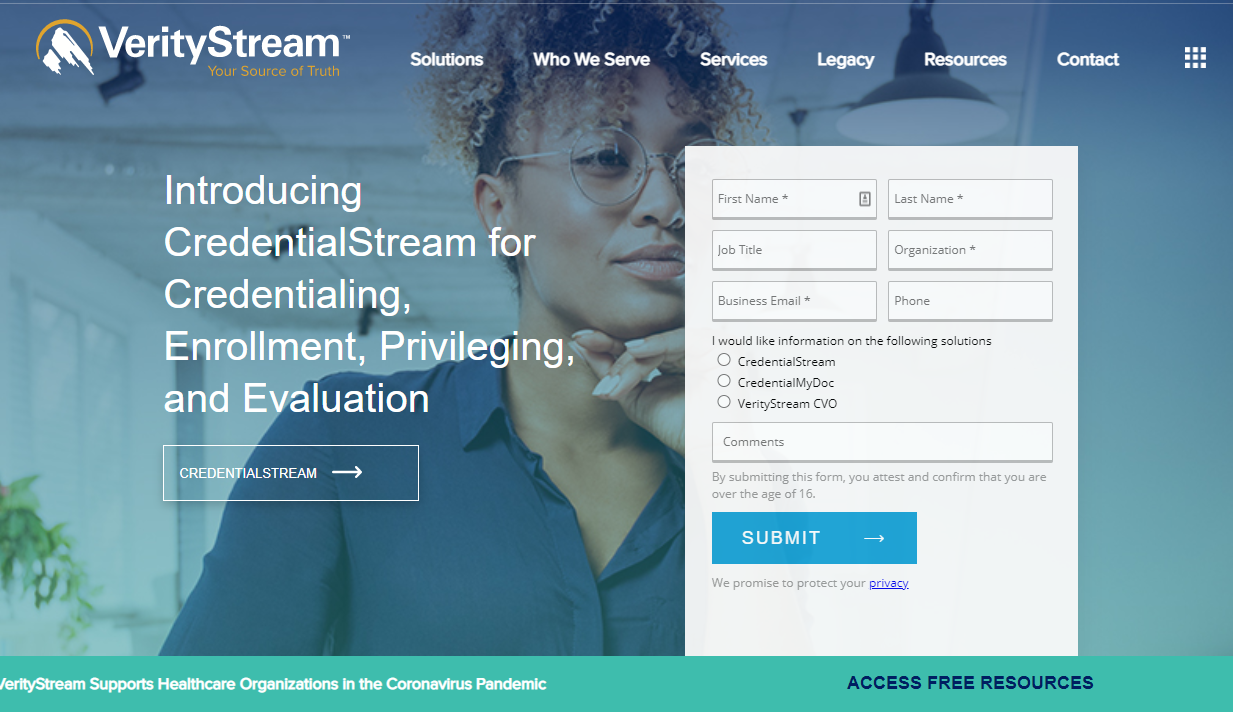CVE-2021-32077 - Fun With Social Security Numbers
In my day job I get a lot of time to spend with various software solutions which are meant to solve healthcare related problems with technology. It's fun, and it can be really surprising on how some software was designed and is continued to be used to accomplish daily tasks.
Today, I'll be writing about CVE-2021-32077. It's a vulnerability I discovered while reviewing the security configuration of a credentialing website. It's a really simple vulnerability and I don't think I'm breaking any new security research ground here. In healthcare, when employers of nurses, doctors, and other various healthcare workers need to have their credentials verified (ie, if they're licensed, what did they do, did they work for a hospital in the past, etc), they often turn to automated systems which can make this easy. One such piece of software is MSOW Solutions. This software is provided by VerityStream, or as they like to refer to themselves as 'your source of truth'.

MSOW consists of a few components, the one which drew my initial attention was the PSV or Primary Source Verification search. This module had the ability to query users by PII information such as date of birth and social security serial number. This feature is meant to be used by anyone on the internet who is looking to verify the credentials of a provider.

This internet facing component of MSOW's software inadvertently allows malicious users to query all employees in the company's database by their last name. Once obtained, a malicious user can target the discovery of the social security numbers by guessing possible numbers with automated fuzzing tools.
You might be saying to yourself: "Oh the last four of my social security number isn't really a big deal".
But it kinda is. The last four of your social security number, often known as the social security serial number - it's the one unique component in your social security number which isn't predetermined by how you began your life in the United States.
According to the Social Security Administration (SSA) in the United States, the nine digit number consists of three distinct values, the area number, group number and serial number.

The area number and the group numbers are assigned to groups of people who are in a specific geographical areas in specific times. Now, social security numbers are no longer issued this way, but had been up until June 25th, 2011. While not failproof - typically armed with information such as a date of birth, name, and other details, researchers have been able to construct algorithms which guess the first 6 digits of a person's social security number with a high rate of success, something they used to verify with online credit card applications. Yikes.
The date of publishing this article is in 2021, meaning that every healthcare provider listed in these databases could likely have enough information siphoned off this way in order to commit fraud. (Unless of course if the provider is Doogie Howser and was born after 2011.)

There are of course, plenty of articles on data privacy and the horrors of having your social security serial number captured by a criminal - I won't link all those here, but in essence the last four can be used to apply for loans, utilize healthcare, perform various social engineering attacks, give you a bad day, and another reason to freeze your credit.
Thankfully, I'm writing this at the end of getting a coordinated disclosure for the vulnerability which the vendor patched (even though motivating them to do the right thing was as practical and easy as performing dental surgery on an elephant). I needed to get CERT involved and I used their brilliant VINCE system (which I'll write about in a separate post) which helped make the vendor accountable for their software.
This was the final communication to customers which they mulled on sending to customers for almost two months after the patch was ready to go.

Michael, it does feel a little disingenuous seeing that you had a fix for almost two months and you chose not to inform your customers as quickly as you could. So I'm a little disappointed here when you claim that 'the safety of your data is our priority'.
VerityStream reached out and patched their customers using MSOW on April 29th, 2021... hopefully closing the loop in a uncomplicated yet serious problem in a healthcare vendor's software.
-Marbaṩ